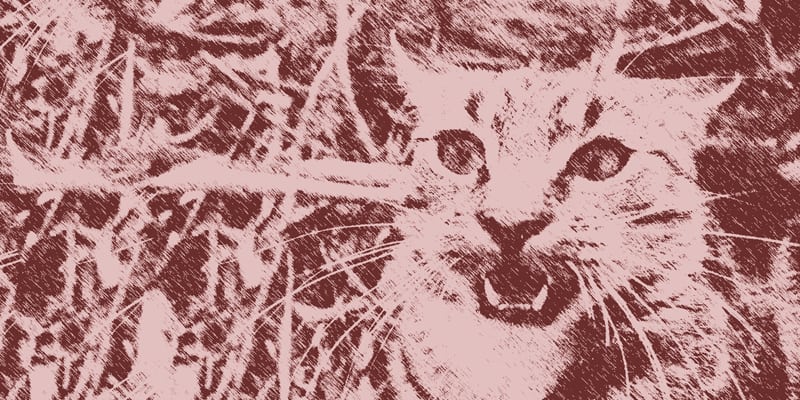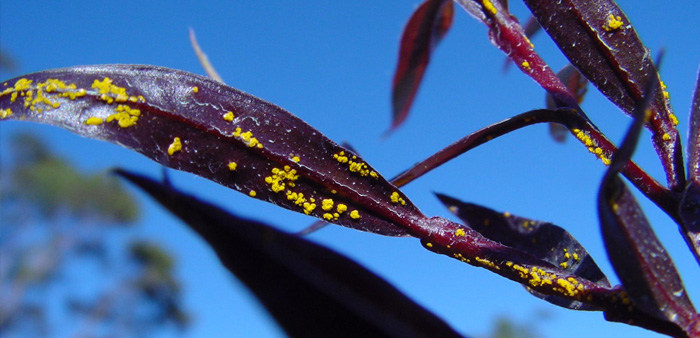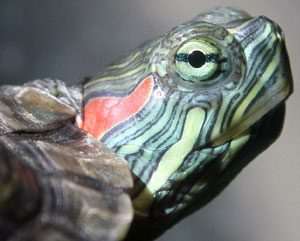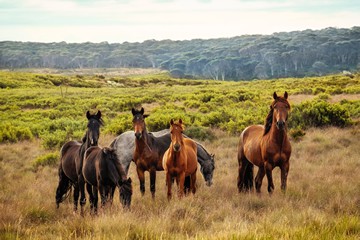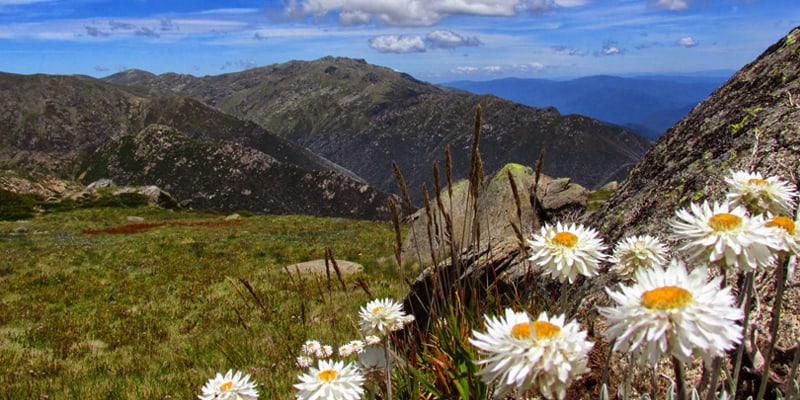
Biosecurity Bill, take two: little has changed
The reintroduction of the federal Biosecurity Bill by the Abbott Government in November feels a lot like ground hog day. Apart from some minor technical improvements it is almost a replica of the one introduced by the former Labor Government back in 2012.














